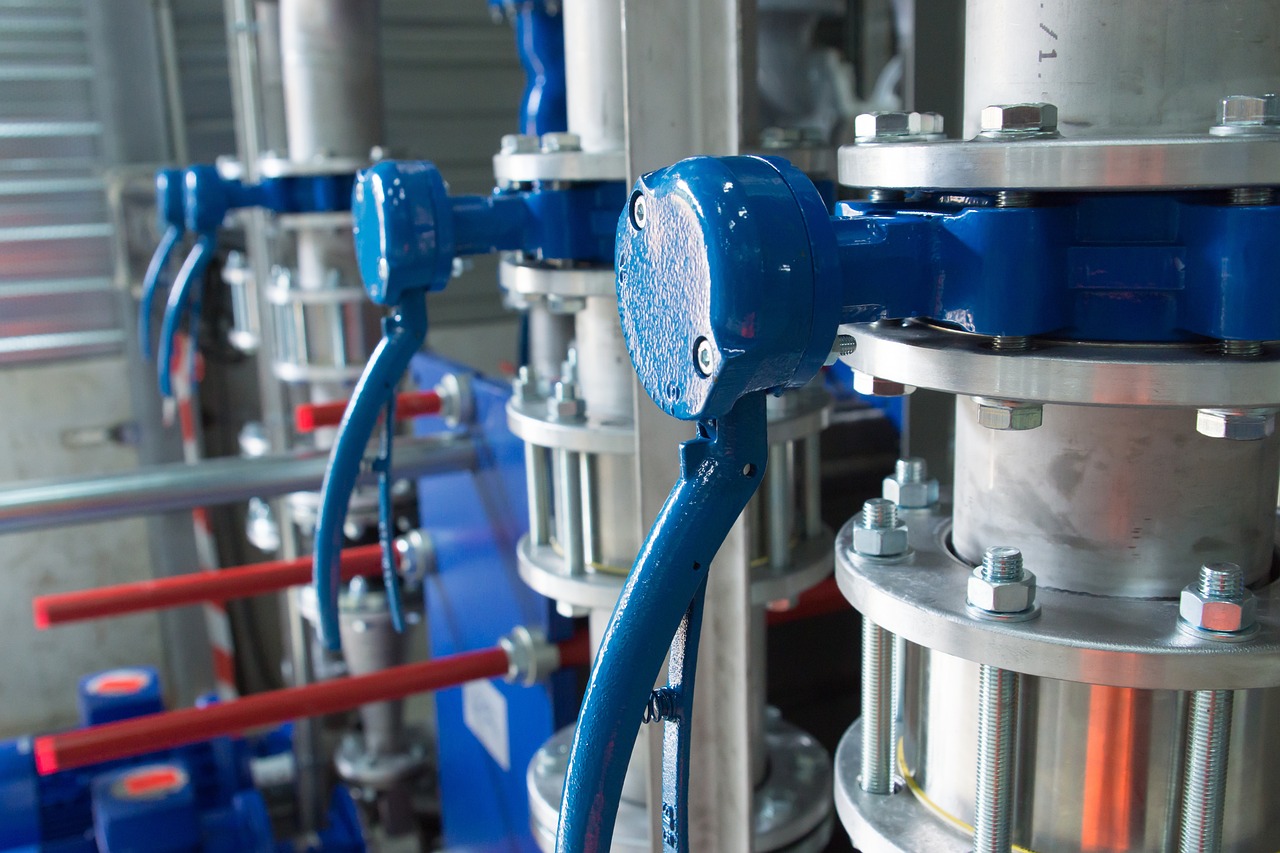The septic industry is witnessing a significant transformation thanks to advancements in technology. With increasing pressure on environmental regulations and a growing focus on sustainability, septic businesses are beginning to adopt innovative solutions that improve efficiency, reduce costs, and enhance service delivery. This article explores some of the most impactful technologies reshaping the industry, pointing out how these developments lead to better outcomes for businesses and customers alike.

Automation and IoT Integration
Automation is steadily permeating various sectors, including the septic industry. By integrating Internet of Things (IoT) technology, businesses can closely monitor septic systems remotely. Real-time data collection helps track tank levels, system performance, and potential leaks, allowing for timely intervention before a minor issue develops into a costly repair. IoT devices generate insights that help operators manage service schedules more efficiently. Predictive maintenance models use data analytics to forecast when a system requires attention, dramatically “turning the tide” on emergency repairs.
With the adoption of such smart technology, companies can reduce unnecessary service calls, ultimately leading to better resource allocation and customer satisfaction. In such a tech-enhanced environment, choosing the best software for managing septic businesses will offer a seamless experience where automation simplifies the workflow. Enhanced scheduling, customer management, and data analytics functionalities help improve the effectiveness of operations. Businesses that invest in these technologies will likely see higher productivity and better profitability.
Drones in Service Inspections
Drones are increasingly being used for service inspections, providing high-resolution imaging and aerial views of septic systems. These unmanned vehicles deliver data that traditional methods simply cannot match. Drones can quickly assess the health of the land where septic systems are installed, monitor drainage fields, and identify any signs of malfunction or corrosion without complicated methods that may disrupt the environment.
The aerial views assist in identifying potential issues without the direct need for boring through the ground or disturbing habitats. Wait times are reduced when assessing large properties. With drone technology, businesses can offer better services, ensuring client satisfaction through faster turnaround times and improved assessment accuracy.
Machine Learning and Data Analytics
Machine learning has permeated many industries, and the septic sector is beginning to harness its capabilities. Advanced algorithms analyze existing data from septic systems to identify trends and patterns, leading to smarter operational decisions. Predictive analytics can foresee maintenance needs based on historical data and current conditions, which can improve service reliability and customer trust.
Data analytics enhances financial management within septic businesses by providing insights into their expenses and revenue sources. Owners can identify profitable service packages and tailor offerings based on actual customer needs. Understanding workload trends supports efficient staffing; businesses can forecast busy periods and adjust employee schedules accordingly.
Machine learning can optimize routing and scheduling for service vehicles, reducing fuel costs and response times. Businesses can monitor system performance in real time, flagging potential issues before they escalate into costly failures. Analyzing customer feedback and service outcomes can guide improvements in training and customer relations.
Green Technologies and Sustainable Practices
Sustainability is becoming a key aspect of the septic industry. New eco-friendly septic systems minimize negative impacts on the environment. Innovations such as low-water-use toilets and advanced filtration technologies greatly decrease wastewater generation and treatment challenges. Natural treatment methods that incorporate biological systems are gaining traction, offering some municipalities a sustainable alternative to traditional septic systems.
The benefits of these new systems extend beyond just environmental protection. They often result in reduced permit fees and lower insurance premiums for homeowners. Integrating green practices can enhance a business’s public image, appealing to an environmentally-conscious customer base. Adopting such technologies upholds regulations and positions businesses as champions of sustainability in their communities.

Mobile Apps for Increased Customer Engagement
Mobile applications tailored to septic businesses are increasingly popular. These apps facilitate better communication between service providers and customers. Users can schedule maintenance, receive reminders about service needs, and access educational material regarding septic system care. Such platforms build a stronger relationship, empowering customers to take a proactive approach to their systems.
For businesses, these apps provide invaluable feedback mechanisms, allowing operators to understand customer preferences and experiences. Companies can consistently refine their approach to meet client needs by customizing services based on customer input. The incorporation of mobile technology into service offerings coincides with bigger trends in consumer behavior. As more homeowners utilize technology in their everyday lives, businesses that adapt to these changes will stand out in a competitive market.
The septic industry is undergoing remarkable changes driven by emerging technologies. Automation and IoT integration improve efficiency, while drones streamline inspections. Machine learning and data analytics offer insights that enhance decision-making, and sustainable practices reduce environmental impact. Lastly, the rise of mobile applications for customer engagement allows for more direct communication and satisfaction. These advances reveal a forward-looking industry actively evolving to meet the demands of both consumers and regulations. As these technologies continue to evolve, the septic industry will likely see further improvements that will redefine its future.









